To enable solar developers to take advantage of federal tax credits before they expire under the OBBB tax and spending law, California officials and state agencies could act quickly on an ambitious policy agenda, said Mike O’Boyle, director of electricity policy at Energy Innovation, in an opinion piece in the Los Angeles Times.
Urgent action would be required, he said, to enable solar developers to capture the tax credits by starting construction by next July or completing construction by year-end 2027.
O’Boyle points to an opportunity identified by two researchers at the University of California Berkeley, whose working paper found that in California, 23 GW of renewables “can be added today” at or near California thermal plants, through the use or transfer of “surplus interconnection.”
That approach, as shown in the diagram below, enables sharing of grid access at a single point of interconnection. At any given time, the combined output of the two generators could not exceed the capacity of the point of interconnection. Gas unit utilization is declining in California, O’Boyle said, leaving their transmission capacity “mostly unused,” and therefore largely available for a renewable generator sharing the point of interconnection.
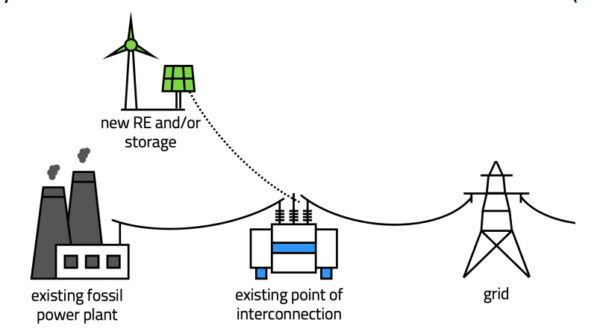
Nationwide, about 500 GW of economically viable solar could be sited within six miles of a fossil generator in the U.S. and share that generator’s grid interconnection, according to a 2024 working paper by four researchers at UC Berkeley, including the two who prepared the California-focused paper.
O’Boyle laid out an ambitious policy strategy to enable construction of the 23 GW of renewables in California quickly enough to capture the soon-to-expire tax credits.
As background, he notes that California legislators are already debating a bill that would promote the use of surplus interconnection, saying it would direct state agencies to examine and integrate this approach into their planning and procurement processes.
The California Public Utilities Commission, he adds, is considering a proposed Reliable and Clean Power Procurement Program that would enable the commission to require utilities to accelerate resource procurement. He suggests that the CPUC specify that resources using surplus interconnection would qualify for expedited procurement toward meeting California’s clean energy goals.
The key to O’Boyle’s proposal is a call for California Governor Gavin Newsom to “require utilities, power plant owners and agencies to identify an action plan for accelerated permitting and procurement,” and for the governor to take the plan to the state legislature.
“Such recommendations must be swift,” O’Boyle says, because “we have weeks, not months” to enable developers to meet the construction window.
In Colorado, the governor is already acting to steer solar and wind projects into service as quickly as possible.
This content is protected by copyright and may not be reused. If you want to cooperate with us and would like to reuse some of our content, please contact: editors@pv-magazine.com.
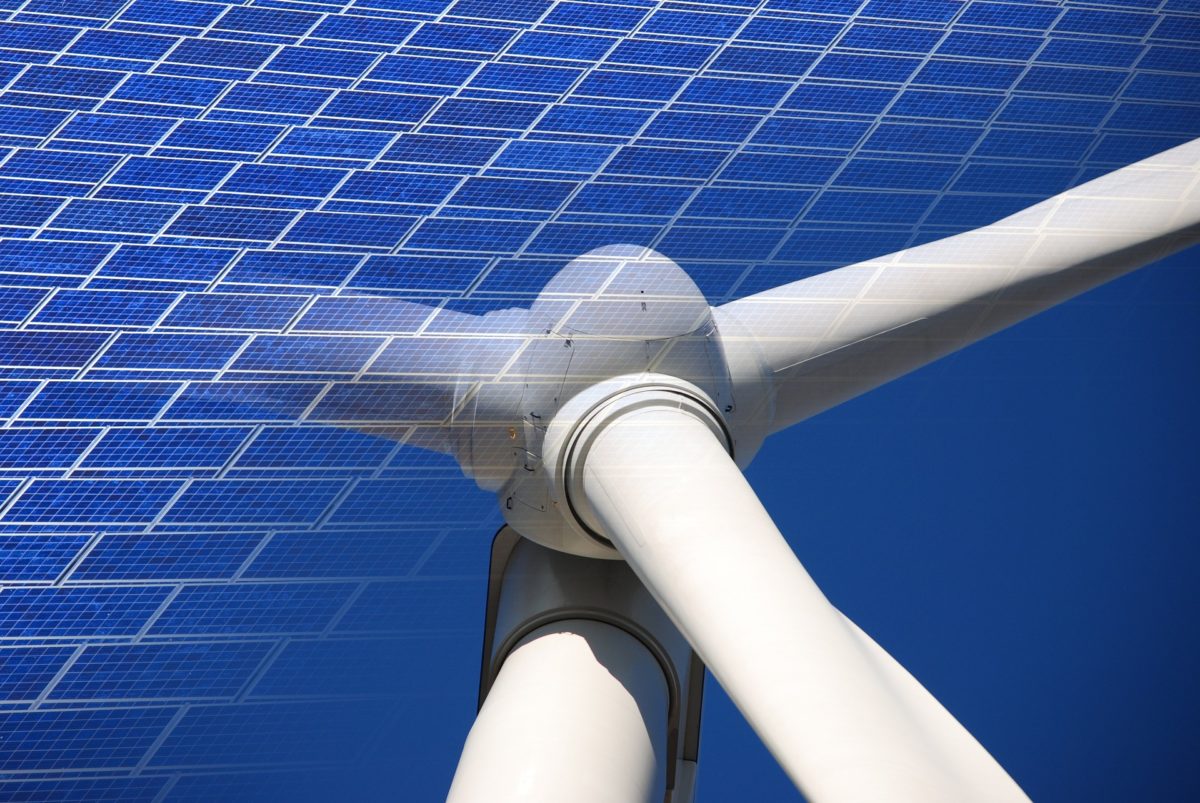
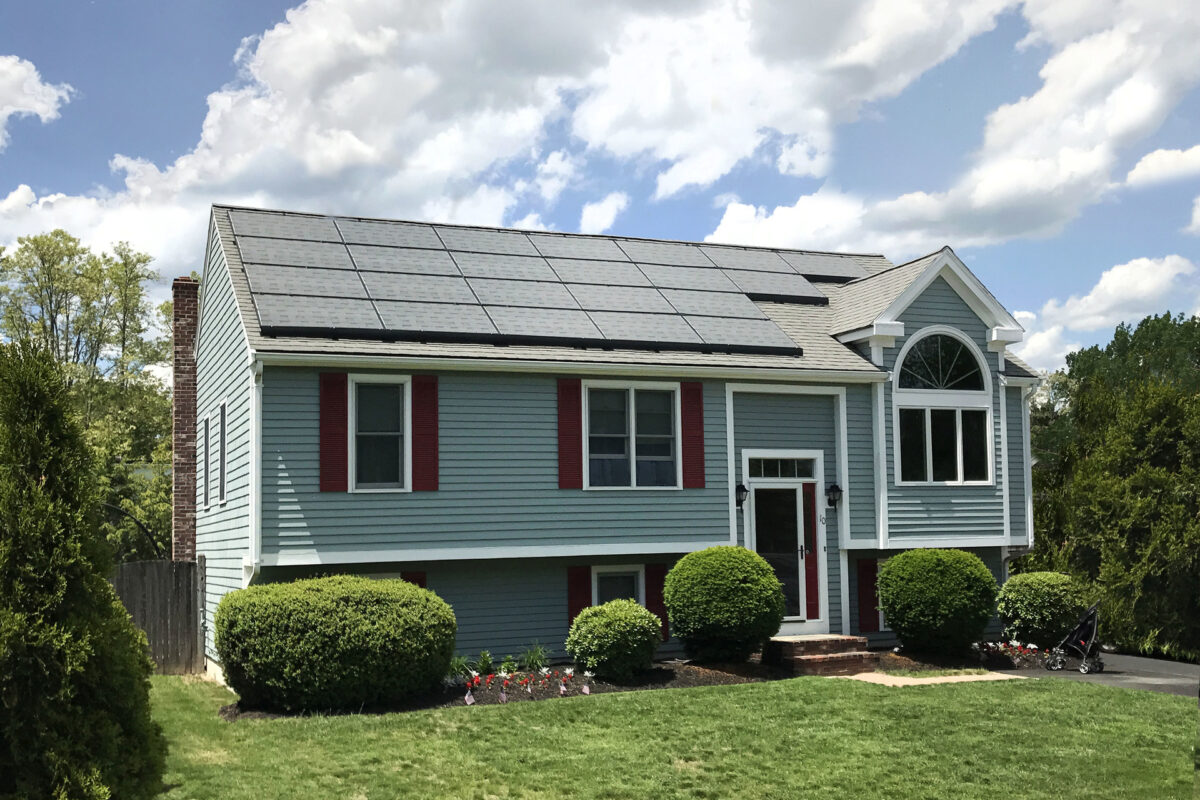

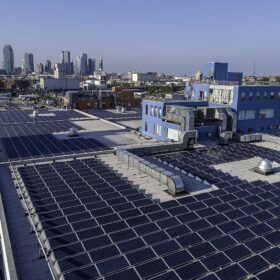
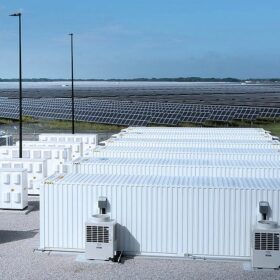
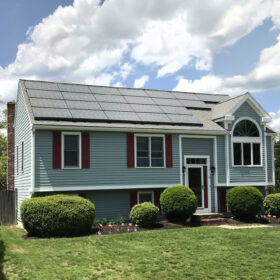


I looked at the white paper — there is no “analysis.” There is an unexamined proposal to add renewables within a “6-mile buffer zone” (buffer zone?) of existing gas generator plants. So what? If you want to knock yourself out, why not have an “analysis” that 128GW of solar can be added to existing rooftops. Of course this “could” be done. But there are about 10 million reasons that it isn’t done at the snap of the fingers. There might be about the same number of reasons why you can’t just snap your fingers and add 23GW of renewables within a 6-mile “buffer zone” of existing gas generation. Seriously, this sort of quarter-baked nonsense gives “experts” a bad reputation.